One of my favorite parts of being an author would definitely have to be travelling overseas for research. Who wouldn’t want to go to Paris and New York and places in between, all in the name of work? Real life locations inspire my stories, so it’s important for me to see those locations first hand. Only then can I truly bring my books to life. Here are a few of the Parisian landmarks that you’ll find at the heart of The Paris Seamstress.
THE THÉÂTRE DU PALAIS ROYAL
When I went to Paris to research The Paris Seamstress, I’d never heard of the Théâtre du Palais Royal, and it certainly wasn’t in my book. I was there to see the Sentier, Paris’s historic fashion district, with a guide who I had arranged to meet at the Palais Royal.

As we walked through the Palais Royal courtyard, a man sweeping the pavement outside his cafe beckoned my guide over and began to chat to her. I understood they knew one another. Then he passed my guide a key to the Théâtre du Palais Royal and told us we should go upstairs to see it.
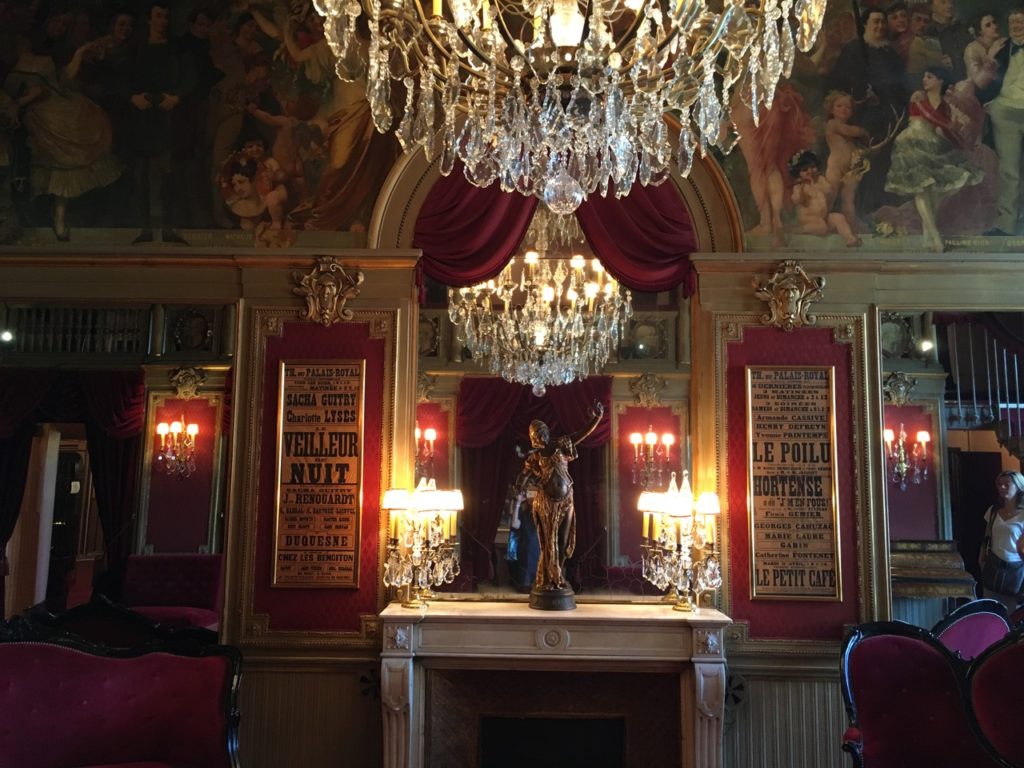
The entrance is entirely unprepossessing. It gives no indiction of the splendour that lies inside. But when we stepped onto a curved and gilded staircase before entering an intimate, bijou foyer with amazing flocked velvet wallpaper, lots of gilt, and a stupendous chandelier, I realised I had stumbled upon something extraordinary. My mouth fell open and I spun around, speechless. As I did, an entirely new scene for my book came to me, almost word for word. I could see my characters there.
It was one of the most marvellous moments of serendipity. These are the kinds of discoveries that can’t help but make a book more authentic because they are truly inspired.
ATELIER LEGERON
Then I visited Atelier Legeron. Before my research trip, I had imagined that the titular seamstress in my book would be a traditional seamstress, sewing clothes by hand or machine. Atelier Legeron, however, is the only independent artificial flower-maker left in France and, as soon as I saw what artificial flower-making was all about, I knew that Estella, my main character, must practise this métier.

There are seven traditional métiers in haute-couture, including flower-making, featherwork, lace and embroidery. If you look at a Chanel or a Christian Dior gown, as these couture houses in particular use flowers a lot (and Atelier Legeron flowers at that), you’ll see that the dresses are often adorned with silk flowers. I had never once thought about where or how those flowers were made but I was lucky enough to sit for a whole morning and watch the process in detail.
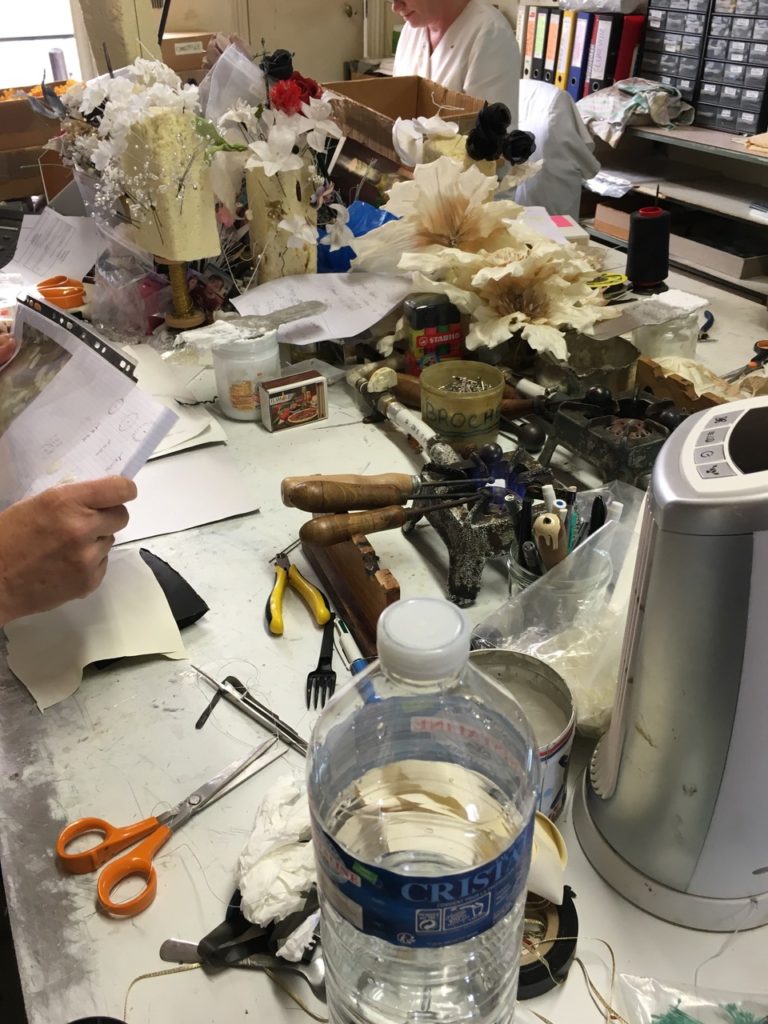
Atelier Legeron has been in Paris for centuries. It occupies a set of maze-like rooms, all of which serve a different purpose – dying the petals, stiffening the fabric, storing the flowers, making the flowers etc. It is an incredibly labour intensive process, and many of the women have been working at the atelier for decades. It was wonderful when I returned to my writing room in Australia to be able to use my memories and pictures to bring this process to life in The Paris Seamstress.
THE MARAIS
The Marias area of Paris is very picturesque. I went there because one of the key settings in The Paris Seamstress is a hôtel-particulier, and there are many of these still surviving in the Marais. These are former nobles’ homes from the seventeenth and eighteenth centuries, which present a set of wooden doors to the street. The doors – which in and of themselves enliven a novelist’s imagination – open onto a courtyard, and then the townhouse is set behind the courtyard. The houses are magnificent and look as if they hold secrets worth excavating.
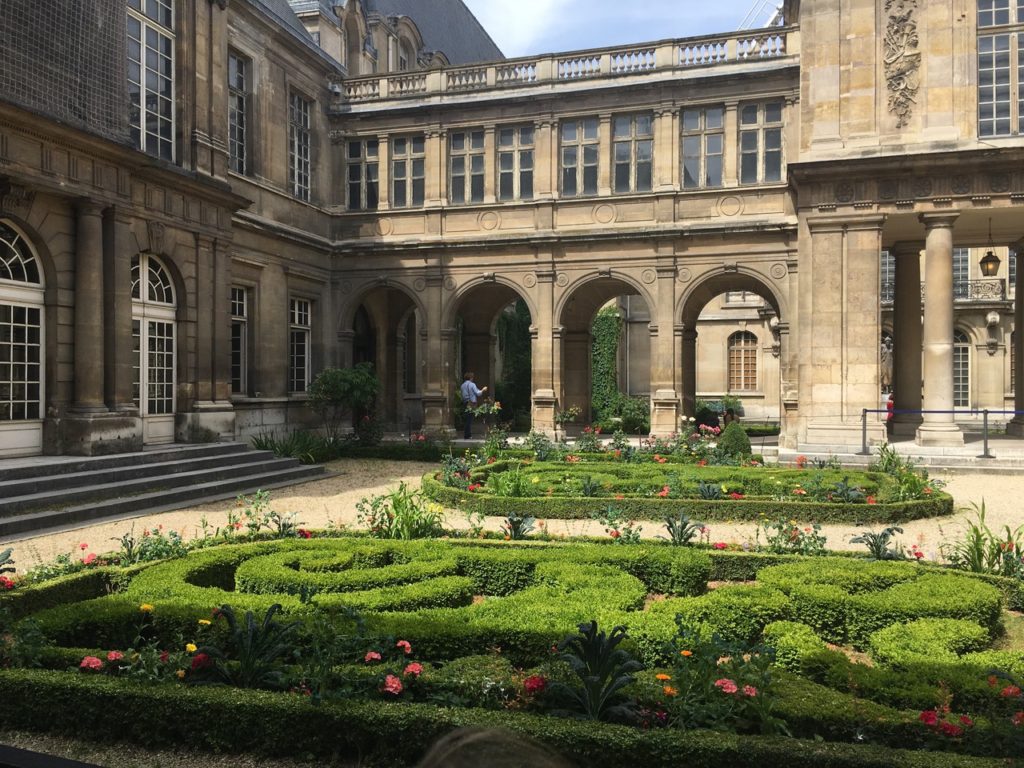
I visited several in order to be able to fully describe them in my book, but I also spent a lot of time walking the streets of the area. And it was while doing so that I made another fabulous discovery.
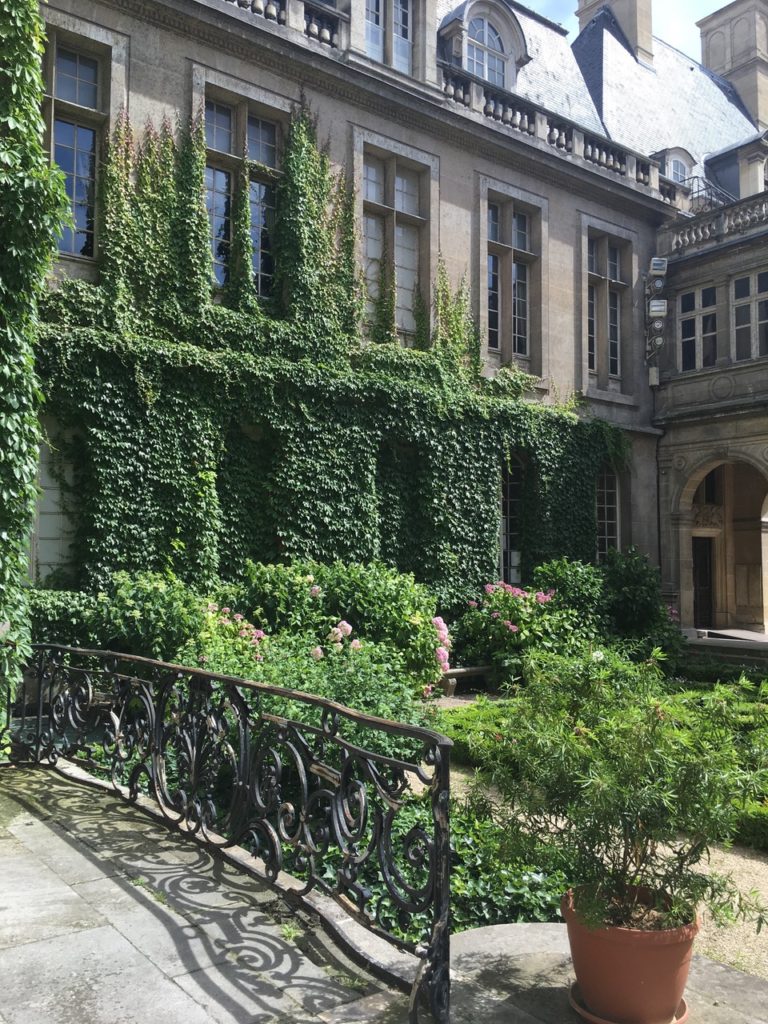
I stumbled upon the Passage Saint Paul, a tiny lane near the Places des Vosges, with an apartment vaulting across the passage. The laneway looks as though it’s a dead end. But if you venture right to the end of the passage, you come upon the back entrance into the Église Saint Paul Saint Louis, which is a typically magnificent Parisian church.

The instant I walked down the street and discovered the hidden gem of a church at the end, I knew it would have to be the street upon which Estella lived. The shadowy nature of the street, and the secret entrance to the church, also inspired a scene in the book, which is what the research is all about!

I look back now on that trip to Paris and know that, without it, my book would have been much the poorer. And it was the things I didn’t even know were lying in wait for my novelist’s imagination in Paris that were the best gifts of all.

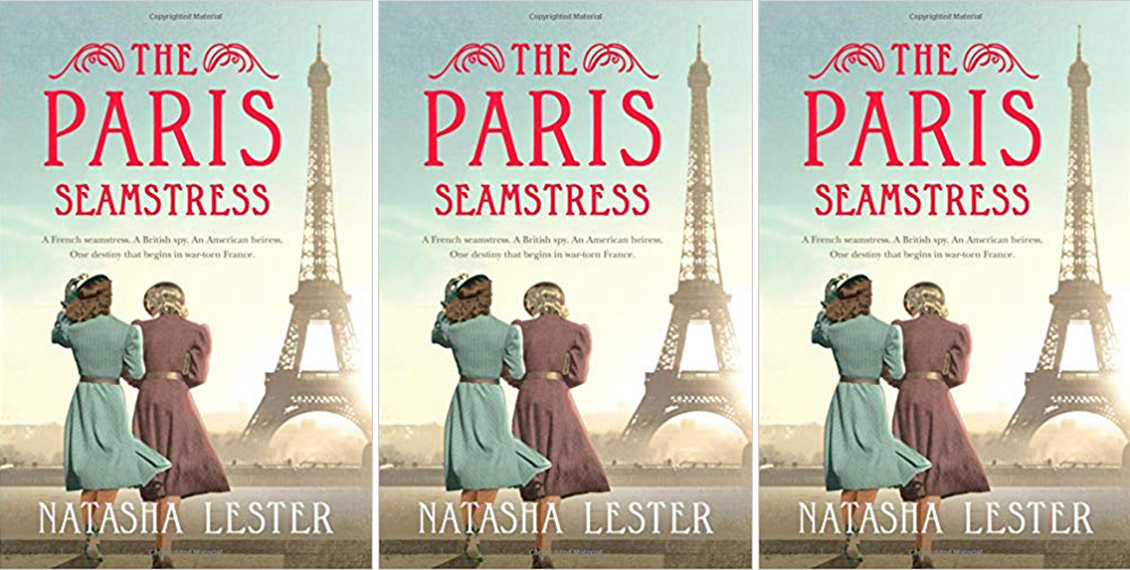

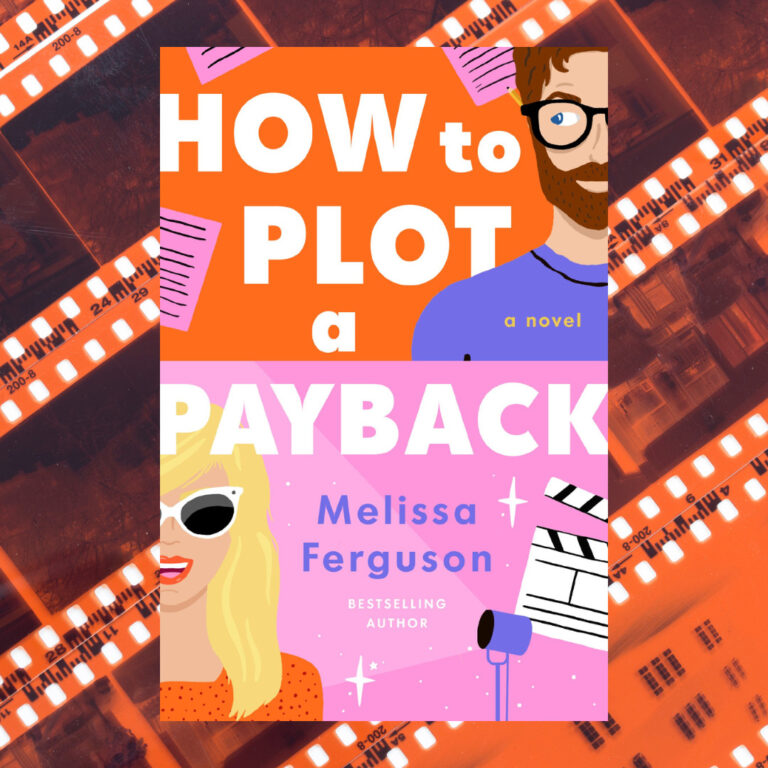






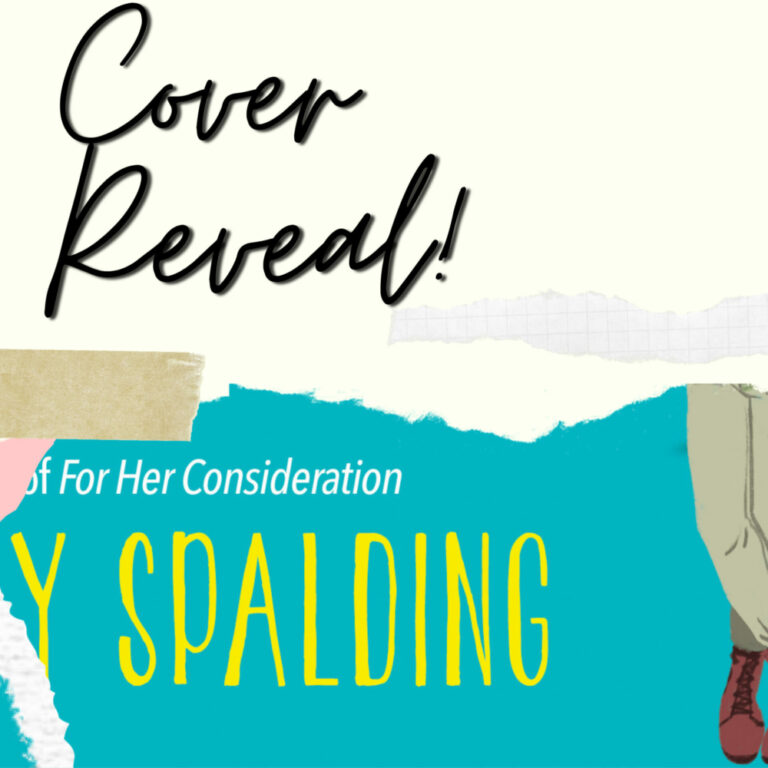

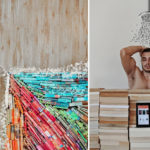
1 thought on “How My Book ‘The Paris Seamstress’ Came Alive On The Streets Of Paris”
im currently reading “the Paris Seamstress “…Im loving every detail given. With each design described i find myself wishing this book had pictures! I don’t know anything about fashion so its hard for me to get the full grasp of the dresses/designs. Is there anywhere that show what this beautiful pieces look like?